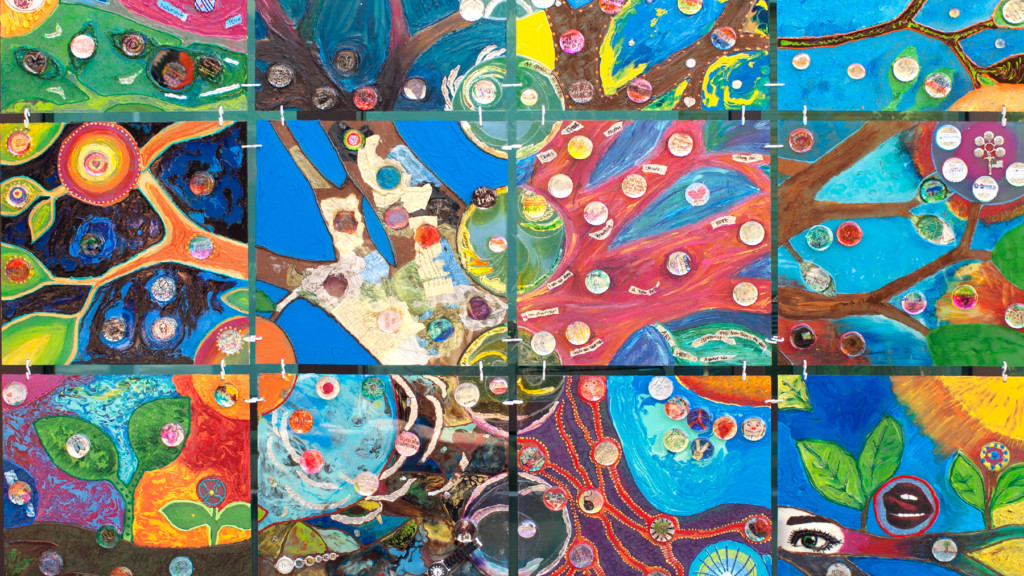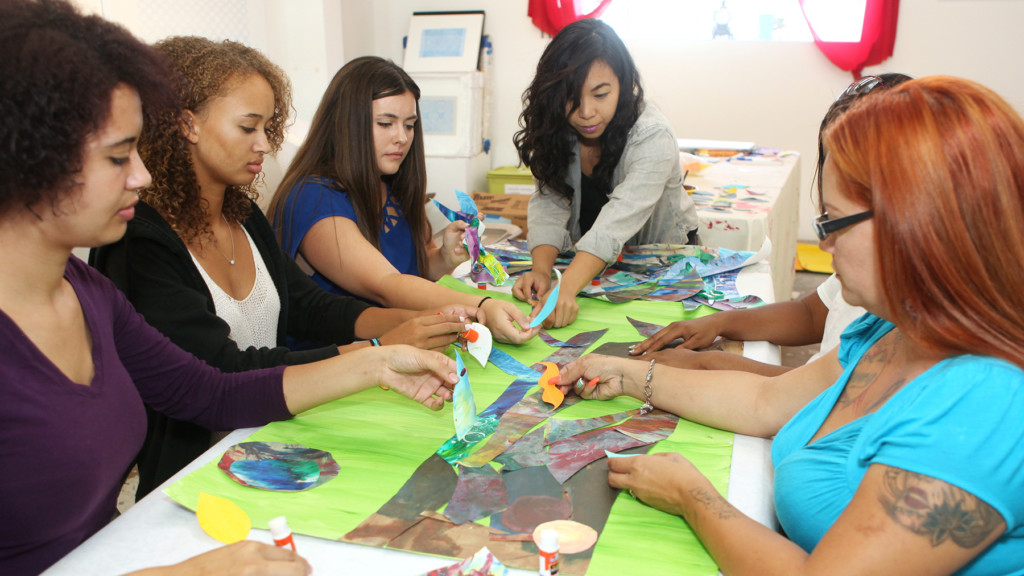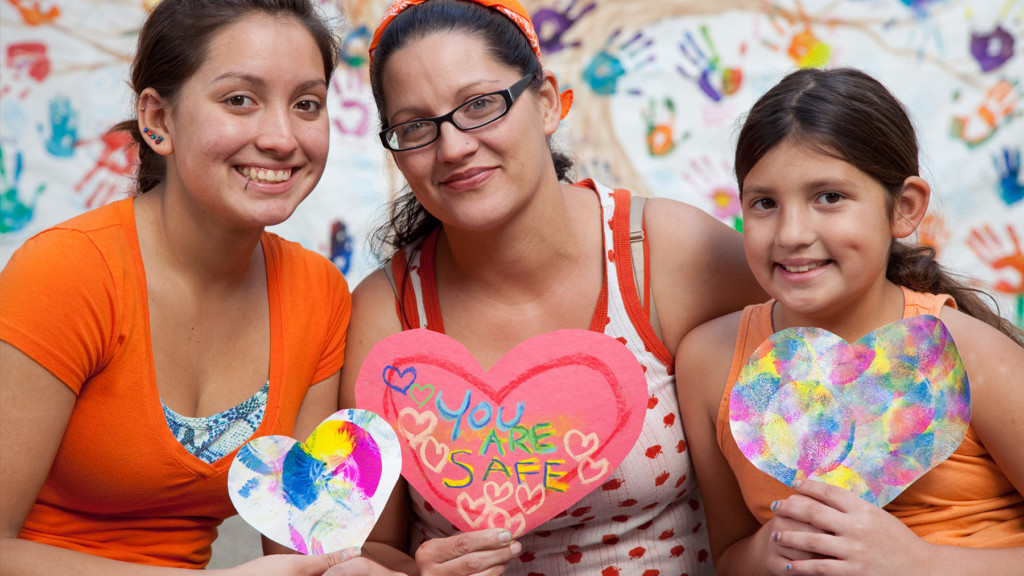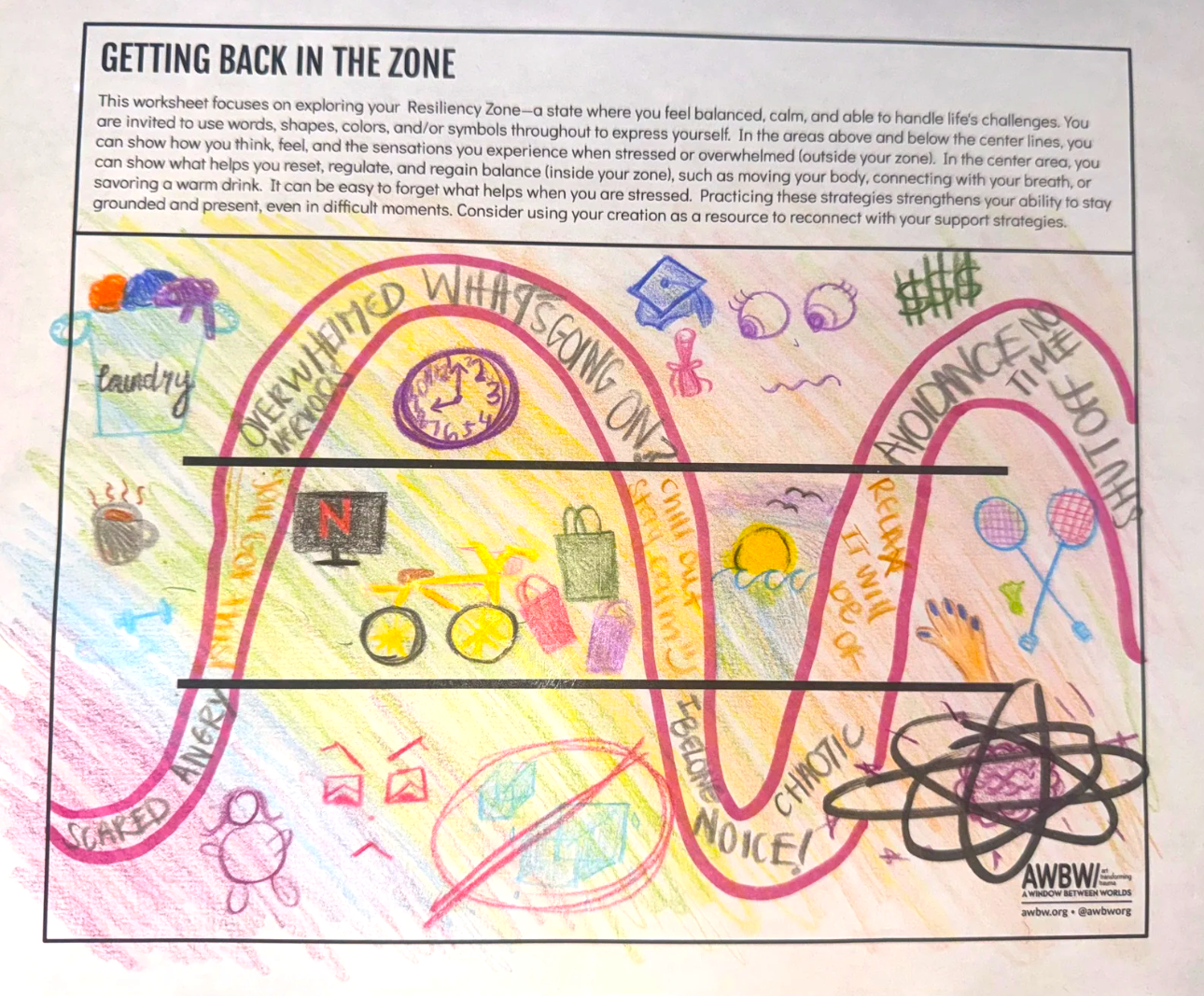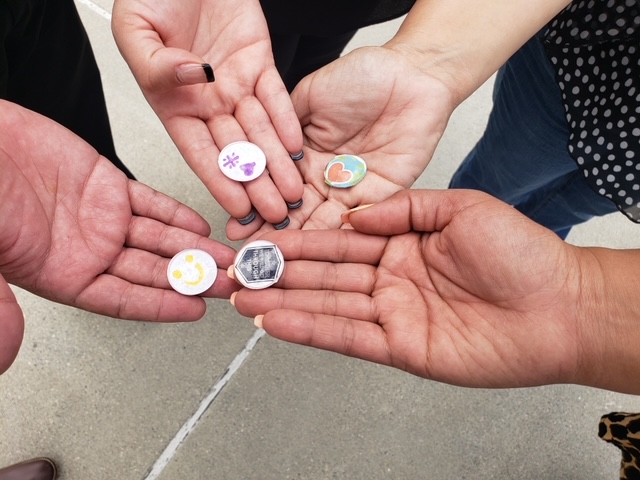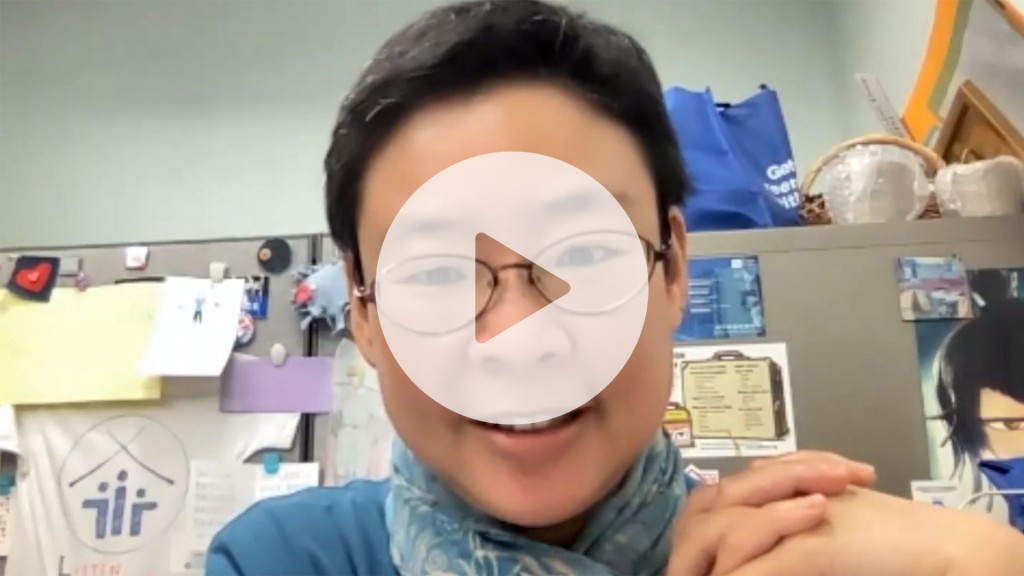On June 20th, I facilitated a virtual community art workshop titled Exploring Your Resiliency Zone. This session was developed in response to the recent wave of fear, panic, and trauma experienced by immigrant communities due to intensified ICE raids and the current administration’s rhetoric and actions. Many participants who joined the workshop were survivors of domestic violence and already living in a heightened state of stress. The growing threat of deportation and family separation had pushed many into a space of survival, isolation, and emotional exhaustion.
We began by grounding with breathwork, gently inviting participants to arrive in the moment. Together, we created community agreements that affirmed safety, confidentiality, and choice. I then presented on the concept of the Resiliency Zone, explaining how trauma and crisis can push us outside our optimal emotional state, and how intentional practices can support our return to balance.
Participants journaled about a moment they had recently felt overwhelmed and what helped them through it. Their reflections were deeply honest-some shared that their children, faith, or music helped them stay grounded, while others noted how hard it had been to find any calm at all. We transitioned into the art-making process where they mapped their Resiliency Zone using colors, shapes, and words. Calming music played as they created, and I noticed how the act of making something tangible gave the group a sense of agency.
During the sharing circle, one participant said, “I’ve been carrying fear in my chest every day. Drawing it out helped me see it, and now I can think about how to carry it differently.” Another noted, “I forgot that I used to draw when I was sad. This reminded me that I still have tools inside me.”
For many, the workshop was a turning point, a pause amidst chaos to breathe, create, and connect. Several attendees mentioned they printed and posted their artwork as a daily reminder of how to return to themselves during moments of fear. It was a powerful reminder that even under systems designed to fragment and silence, art can be a form of resistance, healing, and self-restoration.
